Why does the Queen wear five poppies and what do different colored poppies mean?
The Queen wears five poppies each year for Remembrance Day
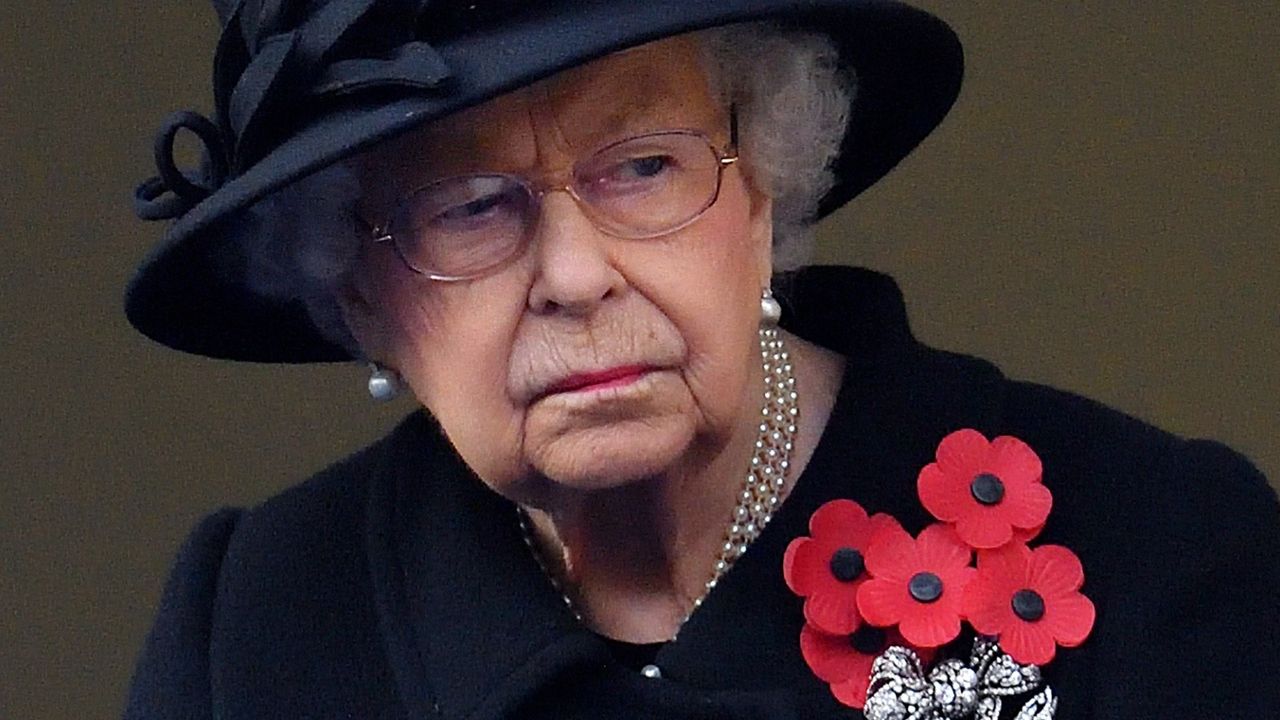
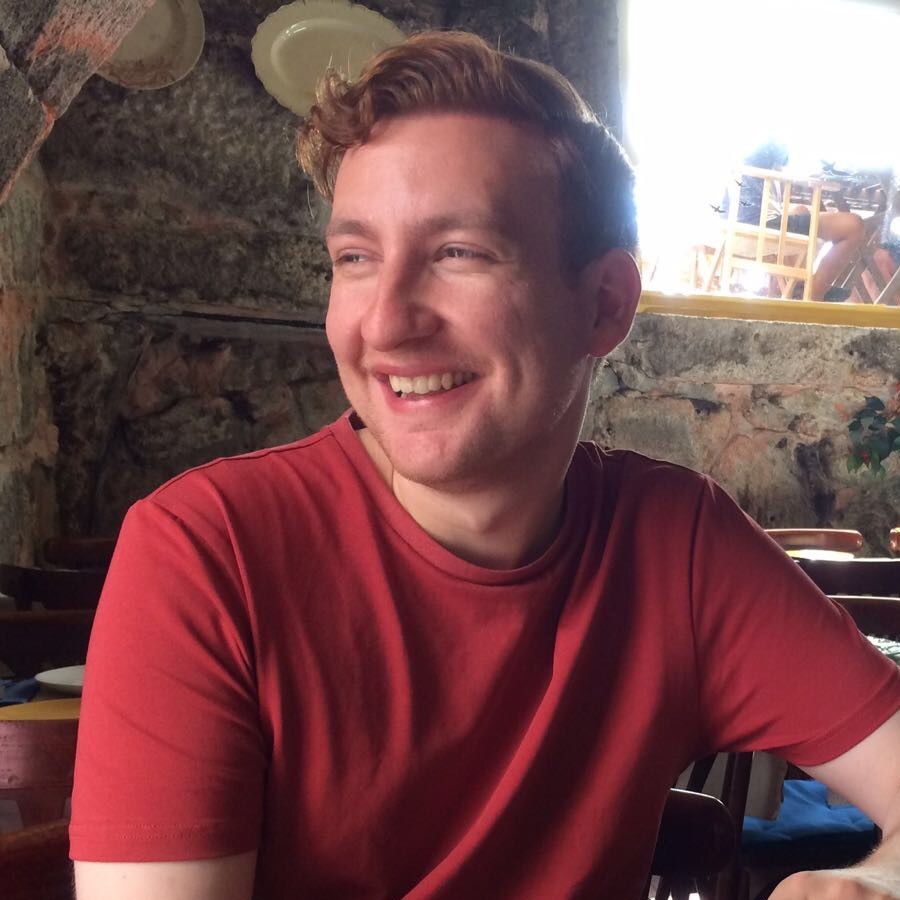
Each November, as the nation unites for Remembrance Day to honour those who served in the war, people traditionally wear a poppy. The Queen has been seen wearing five poppies and, although the Palace has never confirmed why, it is believed each poppy represents one of the different services from the war efforts.
- During Remembrance Day or Remembrance Sunday services, the Queen has been shown to wear five poppies.
- It is widely believed that each poppy represents a different service.
- In other royal news, The Queen, Prince William, and Kate Middleton pay Remembrance Day tribute with sweet social media updates.
Why does the Queen wear five poppies?
The Royal Family have never addressed the interest around the Queen’s five poppies.
This has left people to speculate on what Her Majesty’s multiple poppies could signify.
The most popular theory is that each poppy represents a different service who contributed to the war efforts, these being the Army, RAF, Navy, Civil Defence and Women.
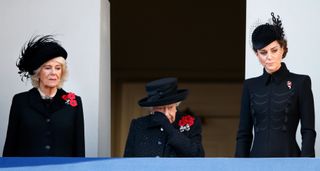
It has also been suggested that the multiple poppies are symbolic of the Queen’s position as the head of the Royal Family, and also the highest-ranking dignitary at the service.
Why do people wear poppies for Remembrance Day?
The origin of the poppy as a symbol of the war dates back to the First World War.
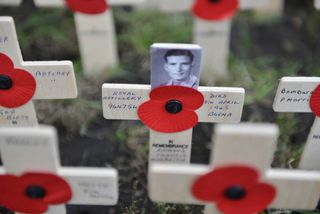
Poppies grew from the battlefields of the Western Front in Europe, as they thrived in the condition of the soil.
Sign up for the woman&home newsletter
Sign up to our free daily email for the latest royal and entertainment news, interesting opinion, expert advice on styling and beauty trends, and no-nonsense guides to the health and wellness questions you want answered.
Canadian surgeon and poet John McCrae served at Ypres, Belgium and was struck by the sight of a field of poppies—so much so that he immortalized the sight in a famous war memorial verse called In Flanders Fields.
The poem includes moving lines like, “In Flanders' fields the poppies blow Between the crosses, row on row, That mark our place…” and “If ye break faith with us who die, We shall not sleep, though poppies grow, In Flanders' Fields.”
Britain began to use the poppy symbol shortly after the war in 1921, when the Royal British Legion was formed.
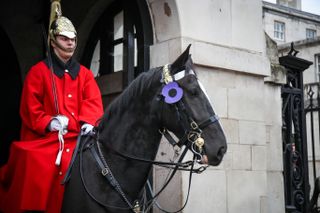
What do the different coloured poppies mean?
As well as Her Majesty wearing multiple poppies, it is becoming increasingly more routine to see poppies which aren’t the traditional red.
What do white poppies mean?
If you're wondering why do people wear a white poppy in November, the white poppy is a symbol of peace.
Loads happening on Remembrance Sunday in Leicester, where #WhitePoppy wreaths will be included in the official ceremony in Victoria Park. Plus an online ceremony in the evening. Thanks to @LeicesterCND for the photo from Peace Walk https://t.co/Zjig2QCk6q pic.twitter.com/ipMrBZbizFNovember 10, 2021
Designed by the Co-operative Women's Guild in 1933 and adopted the following year by the Peace Pledge Union (PPU) as a symbol of anti-war and pacifist sentiment, it represents “remembrance for all victims of war, a commitment to peace and a challenge to attempts to glamorise or celebrate war.”
What do purple poppies represent?
Purple poppies are worn to honor the animals who fought and died in service during the wars.
The purple poppy is not endorsed by The Royal British Legion but they don't have an issue with it being worn.
What do black poppies mean?
Launched by Selena Carty in 2010 the black poppy is most commonly associated with the remembrance of Black, African, and Caribbean contributions to war efforts.
The correct way to wear a poppy
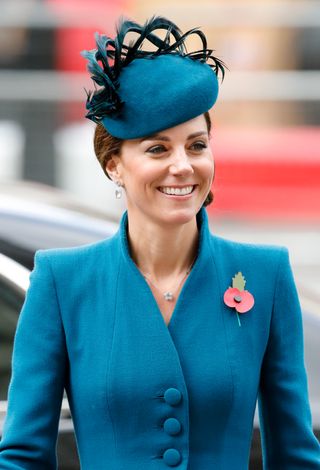
You might be wondering if there’s a correct way to wear your poppy, but the Royal British Legion have confirmed there is no wrong way to wear one.
An RBL spokesperson said, “It’s a matter of personal choice whether someone chooses to wear a poppy and how they choose to wear it.
“The best way to wear a poppy is simply with pride.”

Jack Slater is not the Last Action Hero, but that's what comes up first when you Google him. Preferring a much more sedentary life, Jack gets his thrills by covering news, entertainment, celebrity, film and culture for woman&home, and other digital publications.
Having written for various print and online publications—ranging from national syndicates to niche magazines—Jack has written about nearly everything there is to write about, covering LGBTQ+ news, celebrity features, TV and film scoops, reviewing the latest theatre shows lighting up London’s West End and the most pressing of SEO based stories.
-
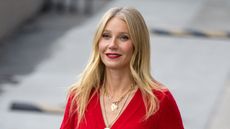 Gwyneth Paltrow’s pinstripe pyjamas combine trending print with cool comfort
Gwyneth Paltrow’s pinstripe pyjamas combine trending print with cool comfortChic and comfortable? Her stylish pyjama set is our new go-to
By Charlie Elizabeth Culverhouse Published
-
 Pistachio green is the pastel to wear in 2025 – do it with white shoes like Amanda Holden
Pistachio green is the pastel to wear in 2025 – do it with white shoes like Amanda HoldenThe soft green shade is perfect for spring
By Charlie Elizabeth Culverhouse Published
-
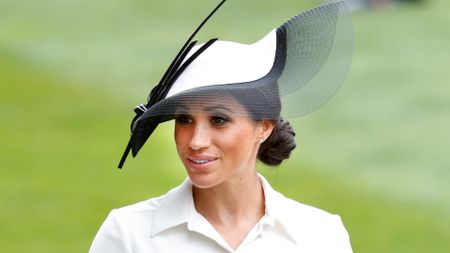 40 of Meghan Markle's most stylish moments from life before Harry to regal fashion
40 of Meghan Markle's most stylish moments from life before Harry to regal fashionMeghan Markle’s style is the epitome of elegance—here we share some of our all-time favorite royal looks
By Emma Shacklock Published
-
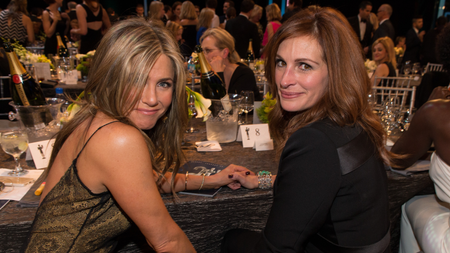 This is not a drill: Julia Roberts and Jennifer Aniston will star in a body swap comedy a la Freaky Friday
This is not a drill: Julia Roberts and Jennifer Aniston will star in a body swap comedy a la Freaky FridayThe comedy film we never knew we needed is reportedly in the works starring the amazing Julia Roberts and Jennifer Aniston
By Anna Rahmanan Published
-
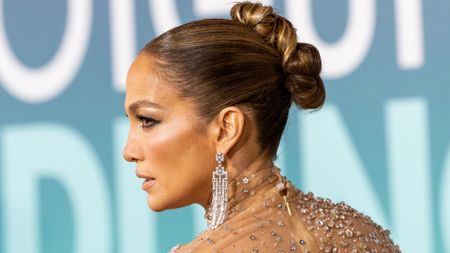 Jennifer Lopez's see-through dress has an unexpected surprise underneath
Jennifer Lopez's see-through dress has an unexpected surprise underneathJennifer Lopez's see-through dress stunned on the red carpet, with its long train and sparkles for days - but what was going on beneath it?!
By Aoife Hanna Published
-
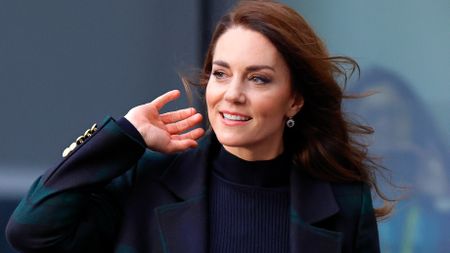 We bet you can recreate Kate Middleton's new go-to outfit with items already in your closet
We bet you can recreate Kate Middleton's new go-to outfit with items already in your closetKate Middleton's new go-to outfit is the ultimate chic look for chilly weather
By Caitlin Elliott Published
-
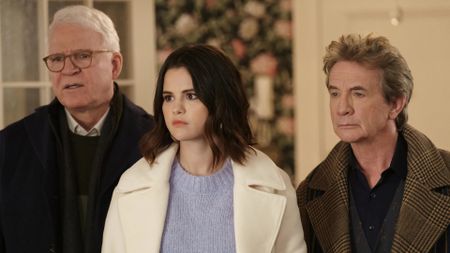 Meryl Streep and Paul Rudd revealed as latest cast members of hit TV series in HILARIOUS TikTok
Meryl Streep and Paul Rudd revealed as latest cast members of hit TV series in HILARIOUS TikTokMeryl Streep and Paul Rudd are joining the third season of one of the hottest crime dramedies around, alongside old A-list pals
By Aoife Hanna Published
-
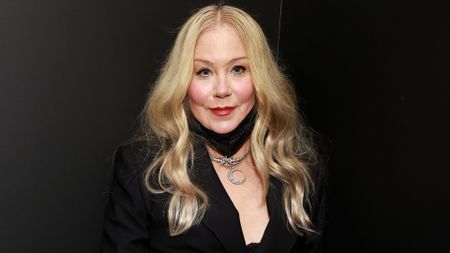 Christina Applegate pays tribute to Dead To Me with fun manicure at Critics Choice Awards as actor's MS battle rages on
Christina Applegate pays tribute to Dead To Me with fun manicure at Critics Choice Awards as actor's MS battle rages onChristina Applegate's manicure tribute to Dead To Me as actor rubs shoulders with A-listers at first awards ceremony since MS diagnosis
By Aoife Hanna Published
-
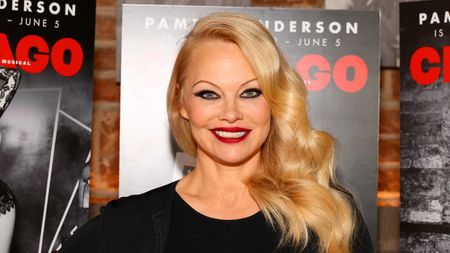 Pamela Anderson Netflix documentary: when is it premiering and what is it about
Pamela Anderson Netflix documentary: when is it premiering and what is it aboutIn the first trailer for the Netflix tell-all Pamela, A Love Story, Pamela Anderson addresses the Hulu show Pam & Tommy
By Anna Rahmanan Published
-
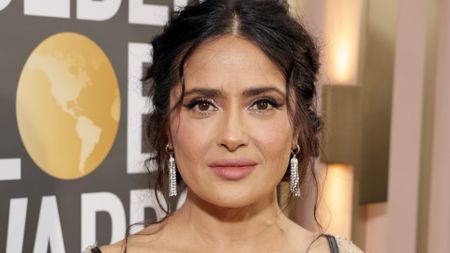 We're obsessed with Salma Hayek's Golden Globes corseted Gucci gown as the actor proves her style icon status once again
We're obsessed with Salma Hayek's Golden Globes corseted Gucci gown as the actor proves her style icon status once againSalma Hayek's Golden Globes dress is a nude, beaded number that hugs in all the right places but we just CAN'T get over the corseted back
By Aoife Hanna Published